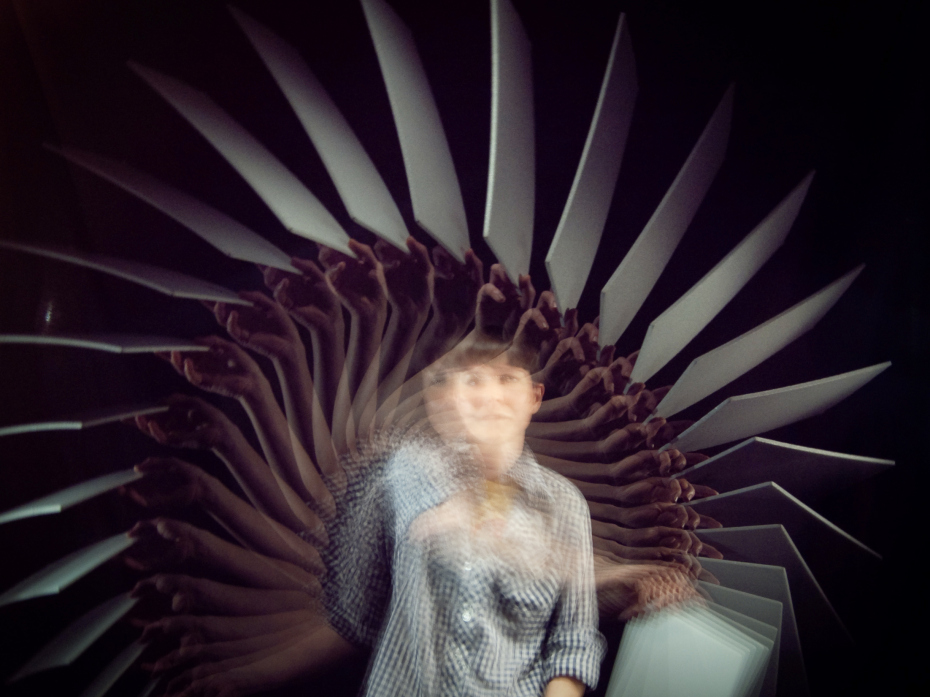Make a mechanical strobe with a toy motor and construction paper, pair it with a digital SLR camera, and take stunning photographs of objects in motion.
We were inspired to play with stroboscopic photography after seeing photographs taken by 19th-century French scientist Étienne-Jules Marey. In the 1880s, Marey invented a camera with a rotating shutter that could capture multiple images on a single photographic plate. He used this camera to study locomotion in humans, animals, birds, sea creatures, and insects.
Marey used clockwork mechanisms and photographic plates for his contraption, but you can make a much simpler version with a slotted paper disk, a toy motor, and a digital camera. The camera is set to take long exposures while the slotted disk spins in front of its lens. Each time the slot spins past the lens, the camera gets a glimpse of your subject and adds another layer to the image. The resulting photograph is a record of your subject moving through space and time, and these images often reveal beautiful patterns that would otherwise be invisible to us.




